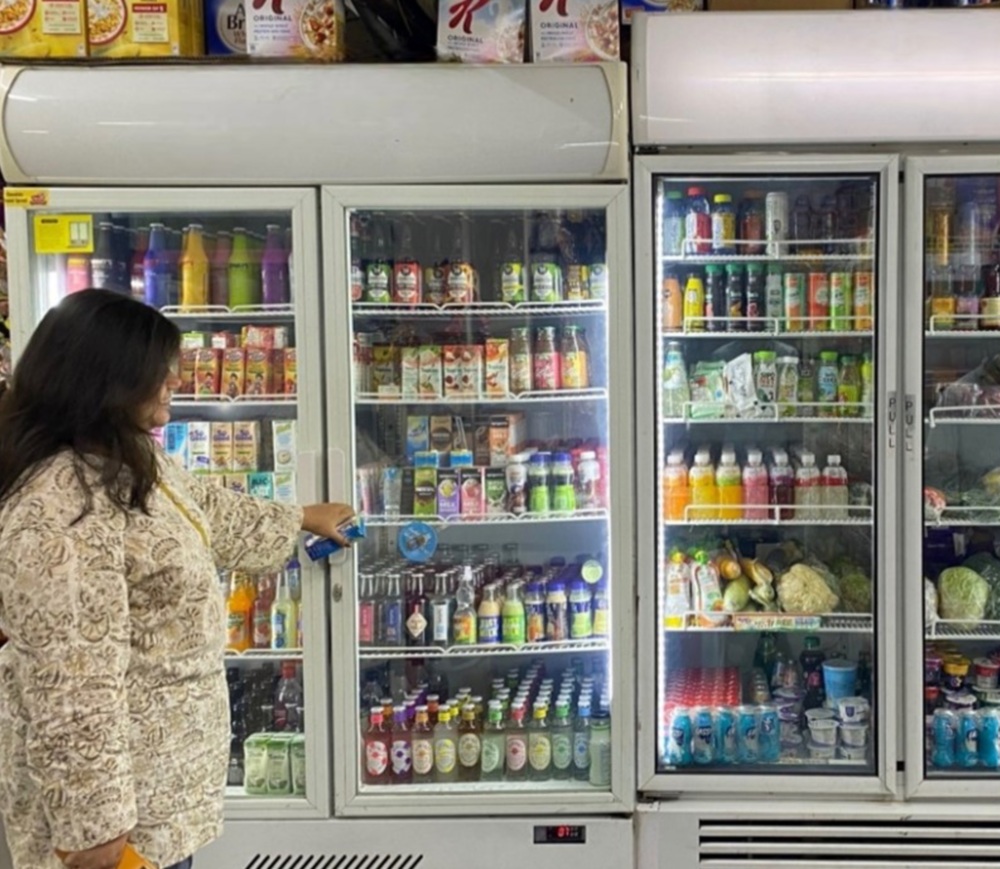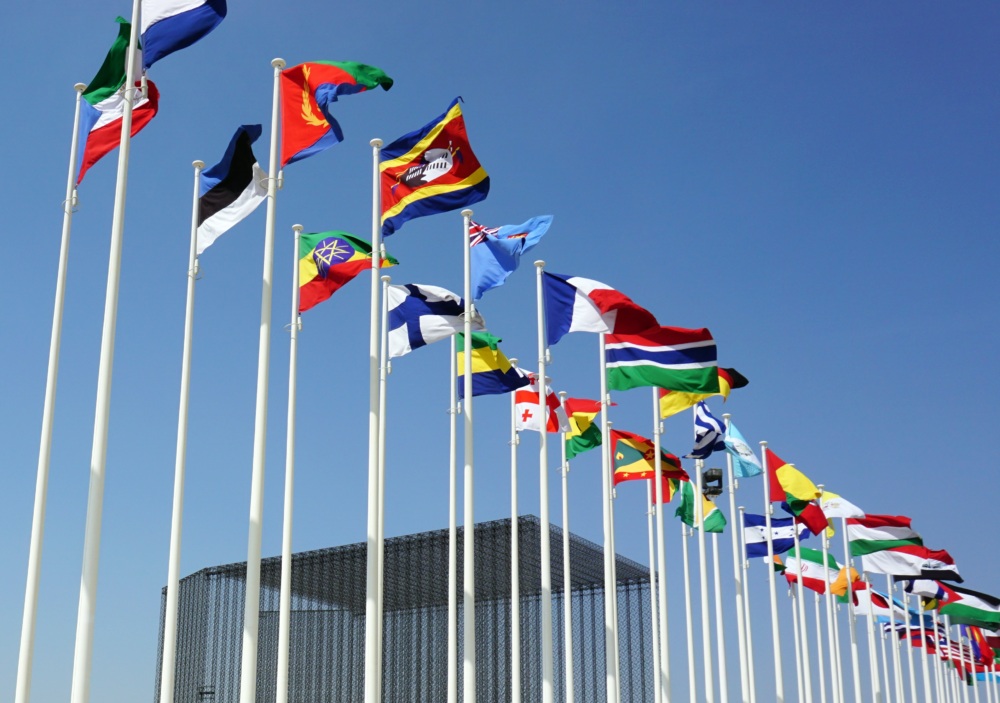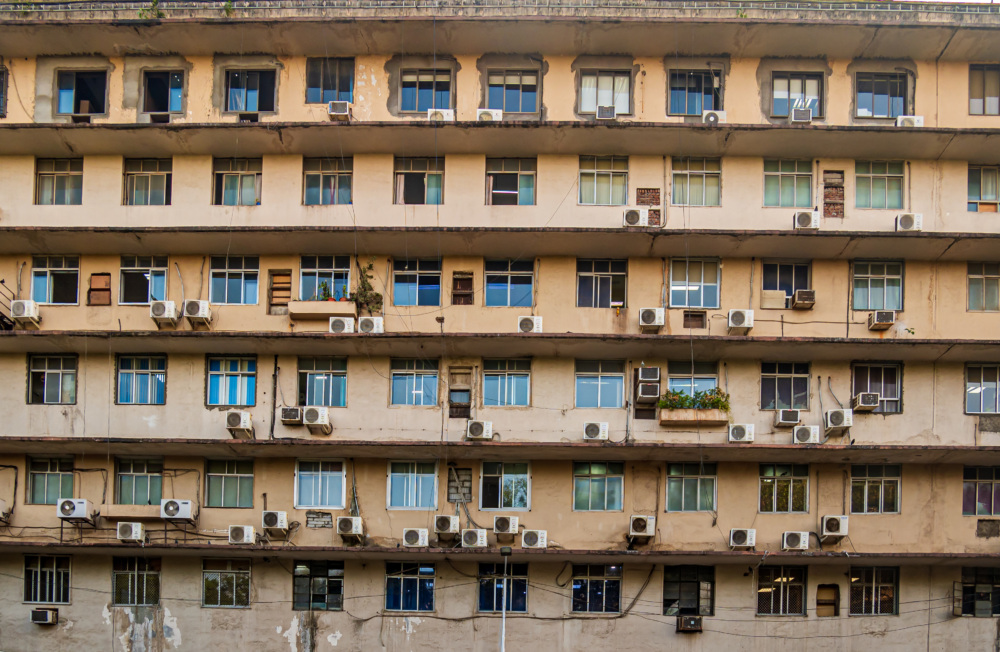Mapping & Benchmarking of General Service Lamps
Summary
Download Report
Fill out the form below to activate file downloads
Lighting is responsible for 15% of electricity use around the world and for approximately 6% of total annual global greenhouse gas emissions. To reduce this impact, many governments have phased out the least-efficient lamps, and many more are working now to facilitate a transition to more cost effective, energy efficient lighting options.
Recognizing the importance of lighting energy consumption, CLASP initiated this mapping and benchmarking study of general services lamps (GSL) to assist policymakers, program managers, and other stakeholders who are working to transition national and regional markets from inefficient incandescent and halogen lighting toward more energy efficient, cost effect alternatives including compact fluorescent lamps (CFL) and light-emitting diode-based lamps (LED). The study analyzed 25 historical and contemporary data sets of CFL and LED products drawn from Australia, Cambodia, the EU, Lao, Indonesia, the Philippines, Thailand, the USA, and Vietnam, and approximately one million individual data points from over 10,000 LED and CFL products.
Key Findings
Product availability
In all economies studied, a wide range of CFLs are available with light output suitable for replacing omnidirectional incandescent lamps up to and including 75W and, in developed countries, up to 100W where these lamps were traditional more popular. LED products with light output sufficient to replace all GSL lamps up to and including 75W have been available for several years in developed countries and are expected to soon be available in less developed regions if they are not already on the market.
Product Quality
Despite a large number of products that fully meet consumer expectations being available in all markets, some CFLs failed to meet recognized norms of consumer acceptability in terms of efficacy and lumen maintenance. LED products also exhibited significant issues with product quality for both color and lumen maintenance which may potentially risk the slowing of overall market adoption of LEDs.
Regulatory Frameworks
Energy efficiency programs for CFLs are established in almost of the economies studied. Contrary to widely held perceptions, developing economies typically have relatively comprehensive policy frameworks for CFLs similar to their developed counterparts. However, the policy frameworks for LEDs are much less developed across most countries. The relatively embryonic nature of most of the LED policy frameworks coupled with the fast growing LED markets provides a potential starting point for cooperation in developing internationally harmonized test methods and performance standards.
Monitoring, Verification, and Enforcement
Monitoring, verification, and enforcement frameworks are often in place, but in the majority of economies there is a need to strengthen this surveillance activity to ensure extended consumer satisfying service. International harmonization of performance requirements would present the opportunity of cross border sharing of surveillance information, resulting in lower market surveillance costs and higher product product quality at the national level. Such harmonization and surveillance information sharing effort may begin with the rapidly evolving LED market.









